Popular games published by company Tengen
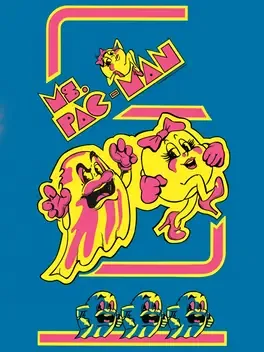
In 1982, a sequel to the incredibly popular Pac-Man was introduced in the form of his girlfriend, Ms. Pac-Man. This sequel continued on the "eat the dots/avoid the ghosts" gameplay of the original game, but added new features to keep the title fresh. Like her boyfriend, Ms. Pac-Man attempts to clear four various and challenging mazes filled with dots and ever-moving bouncing fruit while avoiding Inky, Blinky, Pinky and Sue, each with their own personalities and tactics. One touch from any of these ghosts means a loss of life for Ms. Pac-Man. Ms. Pac-Man can turn the tables on her pursuers by eating one of the four Energizers located within the maze. During this time, the ghosts turn blue, and Ms. Pac-Man can eat them for bonus points. The Energizer power only lasts for a limited amount of time, as the ghost's eyes float back to their center box, and regenerate to chase after Ms. Pac-Man again. Survive a few rounds of gameplay, and the player will be treated to humorous intermissions showing the growing romantic relationship between Pac-Man and Ms. Pac-Man, leading all the way up to the arrival of "Junior".
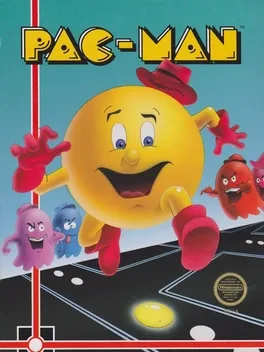
Tengen released a port of the Famicom version of Pac-Man for the NES. It was first officially licensed, but was later re-released as an unlicensed black cartridge.
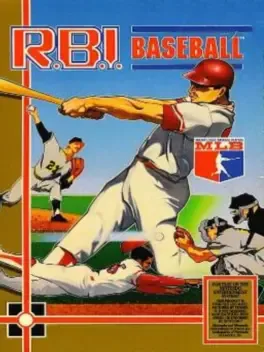
No other baseball game gets you closer to playing in the big time than R.B.I. Baseball. Because every one of the ten teams in R.B.I. Baseball contains the rosters and player stats officially licensed from the MLB Players Association. Like real baseball, these skills and stats affect the outcome of every play. Like a real manager, you'll need to make good use of this vital information - and wise strategy decisions - if you want a winning record. R.B.I. Baseball is so intensely realistic, we've added amusing animation and a touch of humor to keep the action light-hearted and fun. You can play against the computer in a nine game season or compete against a friend in your own best-of-seven series. Stop playing with no-names and step up to the plate with real superstars in R.B.I. Baseball!
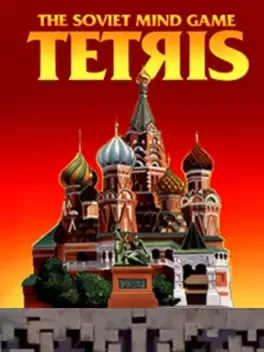
Tengen, an Atari label, released an unlicensed version of Tetris for the Nintendo Entertainment System. After they lost a lawsuit to Nintendo, which acquired the rights from Russia to port the game to home consoles (they already had the handheld consoles rights), Tengen had to destroy every spare cartridge unsold at the time. The Tengen game featured a two-player simultaneous mode not available in Nintendo's version
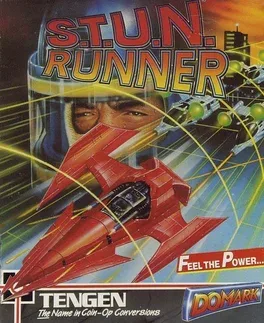
You are a S.T.U.N. Runner doing time trials. Shoot or avoid other vehicles that hinder you while driving the optimal path for best speed. The Shockwave will destroy all adversaries on the screen and the Boost pads give you invulnerability while increasing your speed.
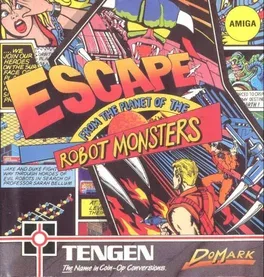
Based on the arcade game, in Escape from the Planet of the Robot Monsters you are sent in on a rescue mission to Planet X. This planet has been taken over by robots and you must find and evacuate the remaining humans. It's a shooter similar to Gauntlet, only with an isometric viewpoint. You run around the levels shooting robots, rescuing humans and picking up items.
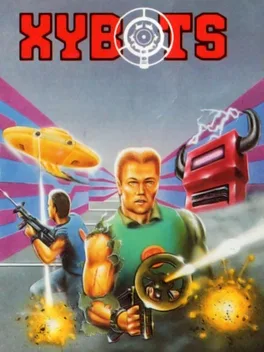
Xybots is a sci-fi shooter with pseudo-3D environments explored from a third-person perspective. The game can be played by one or two players; the two-player mode takes place on a split screen. The hero(es) must move through a series of Gauntlet-style underground mazes, killing the bad guys and collecting health and other bonuses from flying saucers. It's designed to be played co-operatively, although bullets from one player can harm the other.
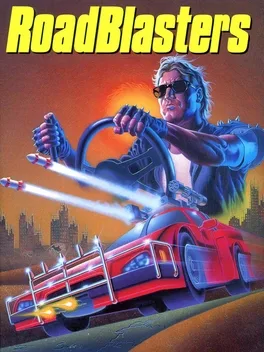
The objective of the game is to complete all 50 rallies without running out of fuel. There is no limit to how many vehicles a player can receive to complete a rally, as long as they have fuel. However, the destruction of the vehicle will subtract a small amount from the player's fuel tank. In the arcade, Genesis and Lynx versions, players could start the game at a higher rally, with additional opportunities to jump several levels from time to time. Players can continue their game from where they left off; however, the player has only one chance to complete the 50th and final rally. For completing the final rally the player gets one million points as a bonus. Players can get fuel in four ways: green globes, red globes, a checkpoint, and the rally point.
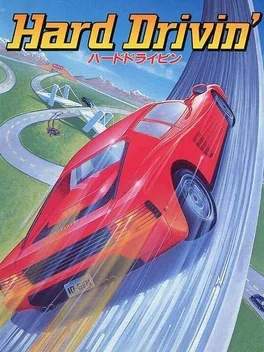
Hard Drivin' is a 3D arcade hit from Atari Games. You are in control of a high-performance sports car. Your objective is to race around the course as fast as possible and hit as many checkpoints as possible. If you hit a checkpoint you gain extra time to go farther. You will see traffic on the road both in your direction and coming down the opposite direction, so be careful when you pass... The course has two sections: speed track, and stunt track. Speed track is longer, but you can usually achieve higher speeds. Stunt track requires you to perform several stunts such as jumping bridges, driving through a loop, and so on. Crashing the car has no serious consequences and indeed shows a replay of your crash from a cinematic angle. Admire your crash head-on into the cement truck, or clipping the minivan, or flying off the bridge in the wrong angle... You lose several seconds as your car is "reset" and you get up to speed again. The home conversions retain most of the then-advanced 3D graphics but lack the force-feedback that was in the arcade version.
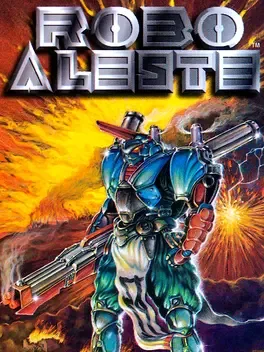
Pilot your massive mecha Aleste in the name of the Oda clan and seek revenge against the evil Chugoku Army for their atrocities! Robo Aleste is another title in the Aleste series by famed shoot-'em-up developer Compile where players must collect power-ups to defeat countless waves of enemies and large bosses.
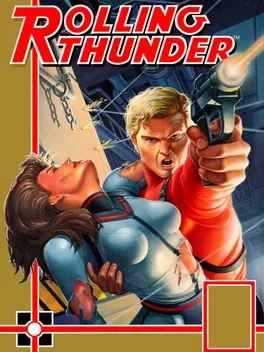
Rolling Thunder is a run and gun/action arcade game that was released by Namco in 1986 and licensed to Atari Games for US manufacture and distribution. It runs upon Namco System 86 hardware, and was later converted for the Sinclair ZX Spectrum, the Commodore 64, the Amstrad CPC, the Atari ST, the Commodore 64, and the Nintendo Family Computer. It was also featured in Namco Museum Encore. The player takes control of "Albatross", a member of the WCPO's (World Crime Police Organization) "Rolling Thunder" espionage unit. Albatross's mission is to save a missing female agent named Leila Blitz from a secret society named Geldra located in New York City. Albatross must travel through two different segments or "stories", both comprised of five stages, for a total of ten game stages. On each stage, Albatross can enter doors, to hide and take cover from enemies, as well jump over to higher or lower floors with rails, including stairs. Albatross begins this game armed with a standard-issue pistol, which can be substituted with a fully automatic assault rifle that allows for continuous firing by holding down the firing button. Albatross can gain ammunition for either weapon, by entering doors which are marked "bullets" or "arms". Despite the presence of a life meter, Albatross can only take two physical hits from the enemy: a single hit drains half of the meter, and he will be killed instantly when struck by a projectile attack such as enemy bullets or lasers. (However, all bullets can be blocked by your own).
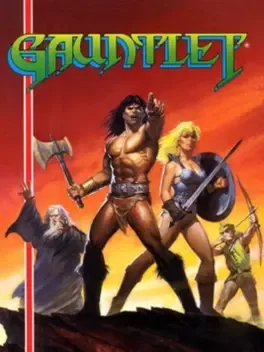
The NES port of the classic arcade title Gauntlet, which itself made it to Arcades via the PlayChoice-10 machine.
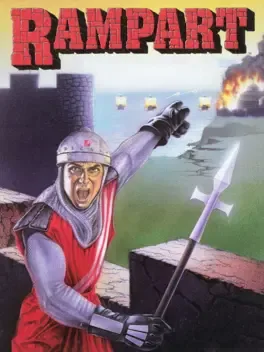
Rampart is a game combining strategy and artillery action. Build your castle from Tetris-style pieces, place your cannons, bombard the enemy, try to repair, do it all over again. The original arcade release has a single-player and a two-player mode; later revisions incorporate three-player gameplay.
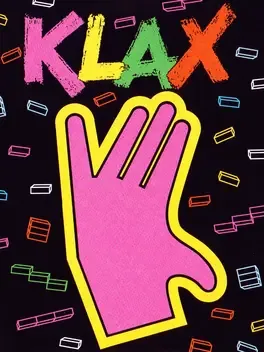
Klax is a 1989 computer puzzle game designed by Dave Akers and Mark Stephen Pierce. The object is to line up colored blocks into rows of similar colors to make them disappear, to which the object of Columns is similar. Atari Games originally released it as a coin-op follow up to Tetris, about which they were tangled in a legal dispute at the time.
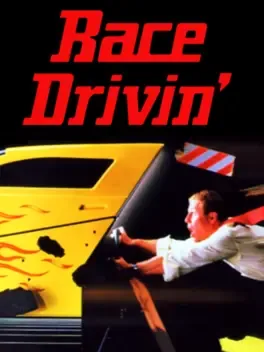
Race Drivin' is a sequel to the arcade driving simulator Hard Drivin'. Game play is similar to the first game. The player must complete laps around the race track before a timer expires. There are several checkpoints around the track which increase player's time as he passes.
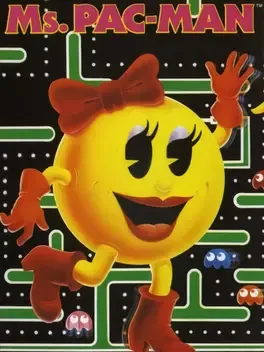
Ms. Pac-Man has 36 ways to drive you totally wild and crazy with more fun than you've ever imagined! She gets to run around in 36 unique, mind-boggling mazes! Some small ones, some so big you'll have to scroll around. Some that are mighty strange and some that are straight out of the arcades! Whether you choose Easy, Normal, Hard or Crazy speeds, Ms. Pac-Man will have you running ragged! There's even a Pac Booster button to really let her chake those pesky ghosts. Play Ms. Pac-Man by yourself or take turns with a friend. Better yet, two can play at the same time - one as the divine Ms. Pac-Man; the other as the original Pac-Man!
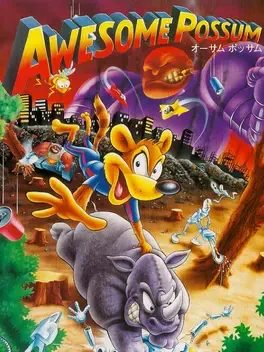
In just a few years, mankind has succeeded in destroying the environment and endangering all living species. Under the guidance of the evil Dr. Machino, robotic machines were built to turn the Earth into a soulless place without live nature. There is only one hero who can save the living beings of the planet - you, a little possum. Fight Dr. Machino's robots and liberate the Earth! This is an action platformer very similar in gameplay style to Sonic games. The possum can jump and run very quickly, as well as spin to hurt the enemies and breeze through the levels. Various robotic creatures will will try to kill you during your journey to Dr. Machino's lair. You can either avoid or try to defeat them on your way.
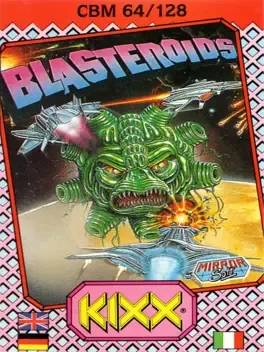
The Player controls a spaceship viewed from "above" in a 2D representation of space, by rotating the ship, and using thrust to give the ship momentum. To slow down or completely stop moving, the player has to rotate the ship to face the direction it came from, and generate the right amount of thrust to nullify its momentum. The ship has a limited amount of fuel to generate thrust with. This fuel comes in the form of "Energy" that is also used for the ship's Shields which protect it against collisions and enemy fire. Once all Energy is gone, the player's ship is destroyed. The ship can shoot to destroy asteroids and enemy ships. The ship can also be transformed at will into 3 different versions, namely the "Speeder", the fastest version, the "Fighter", which has the most firepower, and the "Warrior", which has extra armour.

The gameplay is similar to Taito's Violence Fight and SNK's Street Smart. The player must jump, punch, and kick their opponent until his/her energy runs out. If the player presses all three of the buttons at a time, the character will perform a "super move". The player begins Pit-Fighter by choosing one of the three playable characters, who all have different moves, speed, and power. In the player select screen in the arcade version, each player has a color to select the fighters with: for player one it's blue, for player two it's red and for player three it's yellow. As many as three people can play at a time, but there will be extra opponents to fight during any of this game's 15 different matches. Every third fight is a bonus round known as a Grudge Match.[1] In a Grudge Match, the player must fight against a CPU controlled clone of his or her fighter (if playing alone) or the other players in a multiplayer game. Getting knocked down three times eliminates a player from the Grudge Match, the winner is the last man standing. Losing the Grudge Match does not eliminate a player, but the winner gets bonus money. The final battle, the "Championship Match", is between the player and the mysterious entity that taunts between matches every once in a while, the Masked Warrior. If more than one person is playing the game before this match, they must fight each other to the death until only one becomes victorious and can fight him. Sometimes during matches the player will come across foreign objects such as knives, crates, sticks, motorcycles, and bar stools that can be thrown at you or your opponent. The player may also come across a power-up known as the "power pill". If the player or the opponent grab this item, one will become temporarily stronger and take less damage from hits. At times even the crowd will interfere in the fights. Two characters, known as Knife Man (Milt Loper) and Knife Woman (Dianne Bertucci), will come out of the crowd and stab the player with their daggers. The player can take these nuisances out with one hit. Sometimes there is also a fat bearded man with a stick. If the player knocks him down, the player can take the stick and use it against the current opponent. The audience will also push any fighter that ends up among them, and stays there more than a few seconds. They will be forced back into the fighting area.
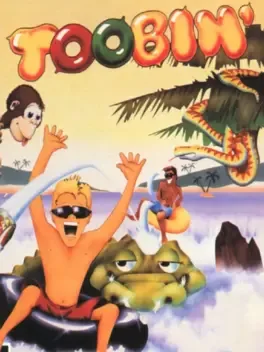
Toobin' involves Biff and Jet racing their way down the rapids of a river, riding on tires. You rotate your tyre left or right, and drift as the current sends you, making sure to avoid the banks of the river, and the dividing lines in the middle. Hazards include crocodiles, stray logs and branches, and fishermen - you are armed with a limited supply of tin cans to take care of these. There are gates to slide through on the way down - these give you a points bonus. Each level has a strict time limit to adhere to, although there's a kickin' party at the end if you succeed.
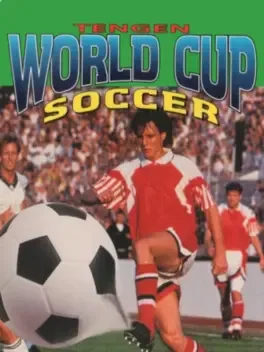
The game has an unusual naming scheme. In Japan there were no issues, as the game was published by SIMS themselves. In North America and PAL regions however, publishing rights were given to Tengen, who altered many of the in-game banners and renamed the game Tengen World Cup Soccer, even though the majority of the work was done by SIMS. The game offers 24 different national teams from across the world, although the choices aren't based on any official tournament from the era. For 1993 the list is quite out of date; the Federal Republic of Germany (more commonly known as West Germany) had not existed since 1990 after the fall of the Berlin Wall, Russia is represented with the flag of the Soviet Union which dissolved in late 1991, and Yugoslavia had ceased to exist by mid-1992.
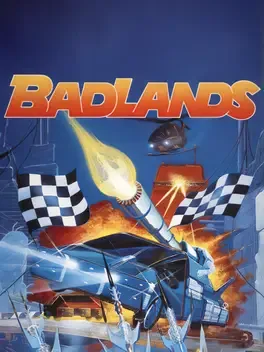
Badlands is effectively the spiritual successor to Atari's previous racing games Super Sprint and Championship Sprint. Similarly to the Sprint titles, Badlands pits three cars against each other in a three lap race around a small, single-screen circuit. Bonuses are present in the form of wrenches which can be traded for goods such as extra speed, extra acceleration or better tires Unlike the Sprint games, Badlands expands upon the formula, taking place in a post-apocalyptic environment and equipping each of the players with cannons. In reality, the cannons do little except to slow cars down by repeatedly shooting at them, but the shop between levels offers the possibility of arming the car with missiles which will destroy the target car, placing it at a severe disadvantage as a replacement is brought onto the track, taking a few seconds. The tracks also featured a number of new obstacles, including mines and retractable barricades.
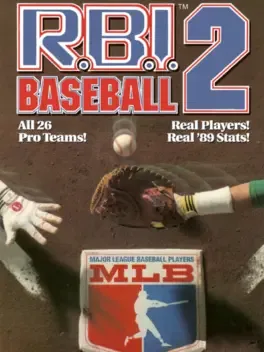
R.B.I. Baseball first set the standard as the only baseball game for play on the NES to use real players and their stats. R.B.I. Baseball 2 raises the standard to a new level: You get all 26 pro teams, each with a roster of 24 real players. Every player comes with his actual 1989 stats. There's instant replay, as well as new and improved animation, graphics, music and sound effects to make the game come alive. As the manager, you get the designated-hitter rule, switch-hitting, and your own lineup of starters and subs. It's so great, it's approved by the Major League Baseball Players Association!
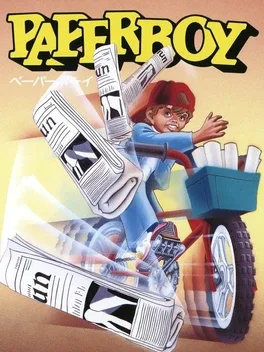
Game Gear port of Paperboy